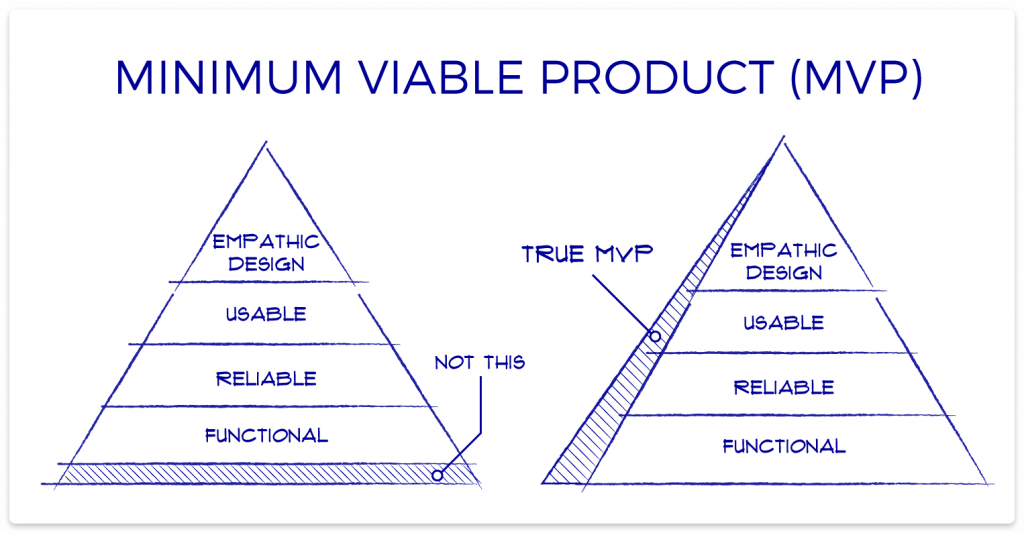Hi, I’m James. Thanks for checking out Building Momentum: a newsletter to help startup founders and marketers accelerate SaaS growth through product marketing.
Something that every product marketer faces: how to deliver on our often long and involved projects.
The problems are many:
- Needing to be transparent and visible on what we’re working on
- Needing to show progress against outcomes as soon as possible, even while planning is in progress
- Needing to build some confidence by testing a direction
But… how?
- Foundational product marketing work takes time to research, refine, and implement
- Campaign work usually needs planning and then content creation before distribution
- Product marketing initiatives need a few sales cycles to see results
Not only does this mean we’re more divorced from the effects of our work, but that it’s harder for us to demonstrate our work in progress… lots of stuff is always ‘in progress’ or ‘planned’, and less is ‘done’.
Here are a few questions I ask product marketers who are facing similar issues.
In this post:
What’s the least you can do to move forward?
I definitely know some folks who dream up big, massive, deeply-integrated campaigns and then spend ages trying to plumb it all together… although it’s mostly built on some assumptions and good (but untested) ideas.
So, rather than build all the things first – what are the questions you’re trying to answer… and what’s the least you can do to move forward?
- Don’t build a whole new product – create a landing page.
- Don’t roll out a whole new sales deck – test a new slide first
- Don’t plan the whole automated sequence first – test it out on a manual group
By trying to unlock the next question you can gain more confidence and determine whether the direction is correct – while also showing immediate progress, deliverables, and outcomes to your team.
What can you do in two weeks, rather than two months?
It’s so easy to plan the big thing and wait ages for it all to happen, only for the project to lose momentum and be relegated to the backburner.
Breaking down projects into quicker sprints might help to overcome project paralysis, keep things moving, and get closer towards the bigger goal while staying motivated.
Similar to the tip above, thinking about the next two weeks might mean:
- An MVP or prototype to test
- A blog post on a topic, rather than an ebook, to test the waters
- A time-bound project to see how far you can get, rather than a project that fills the time available
Can you ‘slice the elephant’?
Sometimes known as elephant carpaccio, sometimes known as slicing, is a way to break big projects down into more compact segments – that still deliver across the footprint of your project. You might have seen this illustration before, which represents the same idea:

Rather than building a fully-functional deliverable first, you might build something with a little bit of functionality, something that’s just about reliable, is just about usable, and looks alright. And over time, you’ll expand and build more functionality, more reliability, better design, etc.
While sacrificing some depth in each layer, you might be surprised with the results you get from something below your usual execution effort. This helps you be pragmatic, and prioritise energy on the parts of the puzzle that help you get the most bang for your buck.
So… how far can you lower your bar, while retaining a level of quality and results? That’s the balance you’ve got to explore for yourself.
Break it down, show your work in progress, test and learn
When you can ‘move fast and prove fast’, you’ll be more transparent internally (and therefore, build visibility).
You’ll be able to spot winners early – and prevent losers from taking up too much time.
And you’ll feel more motivated with better accuracy, feedback, direction, and validation at each step.
Thanks for reading! Let me know what you thought – find me on Twitter and LinkedIn.
P.S. If you’ve found value in Building Momentum, could you buy me a coffee? Here’s my tip jar – any support is gratefully appreciated!
P.P.S: If you enjoyed this post, will you share Building Momentum with your network?
